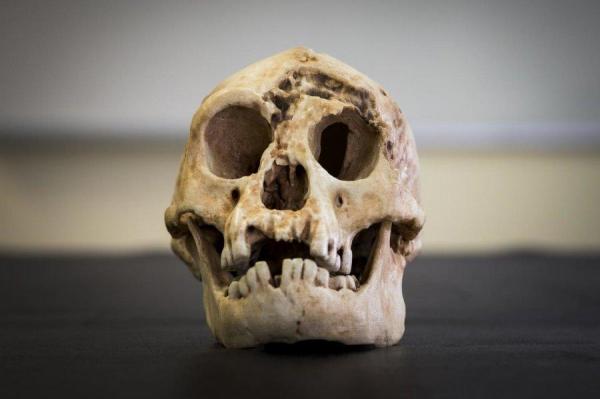
April 21 (UPI) — New analysis of the remains of Flores man — the most complete Homo floresiensis specimen — suggests the Indonesian “hobbits” evolved from an African relative, not from Homo erectus.
Homo erectus is the only other hominid species found on the islands of Indonesia, but the latest research suggests H. floresiensis and H. erectus belong to separate lineages.
“The analyses show that on the family tree, Homo floresiensis was likely a sister species of Homo habilis. It means these two shared a common ancestor,” Debbie Argue, an archaeologist at Australian National University, said in a news release. “It’s possible that Homo floresiensis evolved in Africa and migrated, or the common ancestor moved from Africa then evolved into Homo floresiensis somewhere.”
Scientists estimate the Indonesian hobbits arrived on the island of Flores some 100,000 years ago, traveling by raft, and survived until just 54,000 years ago.
Whereas previous studies of hobbit bones focused exclusively on skull and jaw fossils, the latest analysis relied on the entirety of the Homo floresiensis fossil record, comprising several hundred bones from at least nine specimens.
Researchers compared the skull, jaws, teeth, arms, legs and shoulders of the hobbits to those of Homo erectus. They published their results in the Journal of Human Evolution.
“We found that if you try and link them on the family tree, you get a very unsupported result,” Argue said. “All the tests say it doesn’t fit — it’s just not a viable theory.”
Further statistical analysis suggests the hobbit species diverged from the Homo habilis lineage roughly 1.75 million years ago, but more research is needed to confirm the relationship between the two species.






